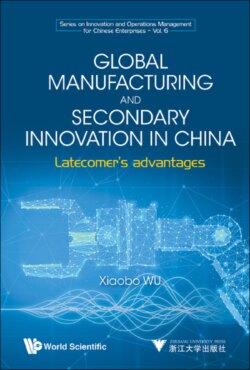Читать книгу Global Manufacturing and Secondary Innovation in China - Xiaobo Wu - Страница 23
На сайте Литреса книга снята с продажи.
1.4.2 Challenges
ОглавлениеAt the same time, the highly complex and uncertain situations at home and abroad, plus the status quo of industry development, pose three major challenges to China’s manufacturing industry.
Firstly, international financial crisis has shattered the original consumption patterns of developed countries and imposed structural constraints on the export demands of China’s manufacturing industry. After the financial crisis, major changes are seen in the old consumption patterns and the export models of developed countries and developing countries: The existing high-consumption and high-debt model in the US and Europe is no longer sustainable. This makes it necessary to reduce China’s long-term reliance on export to drive the growth of manufacturing industry, which imposes great constraint on China’s exports. The long-lasting pattern of strong consumption driving the manufacturing growth in developed countries is difficult to be restored. Global trade pattern will also change accordingly. Trade barriers will be in various forms and occur at high frequency.
Secondly, the developed countries have started the journey of manufacturing’s “return”. At the same time, powered by the cost advantages in labor and resources, the new-type developing countries have squeezed into the low and mid-end manufacturing markets, posing double threats to China’s manufacturing industry. In the post-financial crisis era, western developed countries witness setbacks of missing real economy. They advocate the “re-industrialization” strategy and vigorously develop emerging industries such as new energy, information and biology industries to revitalize the manufacturing industry and seize the high ground of high-end manufacturing industry. Besides, with the gradually climbing labor and resource costs, China’s demographic dividend is fading away. ASEAN countries, Latin America and other countries are gradually eating into the world’s low-end manufacturing markets. China’s manufacturing industry has to deal with the double pressure from accelerating the adjustment of economic structure and promoting industry upgrading.
Thirdly, low independent innovation capabilities lead to excessive dependence on the foreign core technologies in some key component and part manufacturing processes. With a “big but not strong” industry, manufacturing products exports will face not only increasingly unfair trade barriers, but also the constraints of increasing factor costs and environmental resources, limiting the enhancement of international competitiveness.
